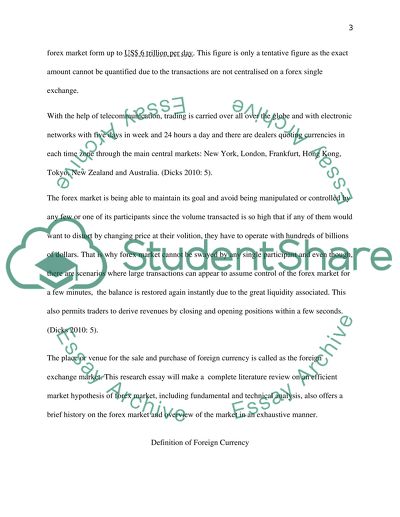Cite this document
(“Does the efficient market theory apply on the forex market Fundamental Literature review”, n.d.)
Retrieved from https://studentshare.org/gender-sexual-studies/1417020-does-the-efficient-market-theory-apply-on-the-forex-market-fundamental-analysis-vs-technical-analysis
Retrieved from https://studentshare.org/gender-sexual-studies/1417020-does-the-efficient-market-theory-apply-on-the-forex-market-fundamental-analysis-vs-technical-analysis
(Does the Efficient Market Theory Apply on the Forex Market Fundamental Literature Review)
https://studentshare.org/gender-sexual-studies/1417020-does-the-efficient-market-theory-apply-on-the-forex-market-fundamental-analysis-vs-technical-analysis.
https://studentshare.org/gender-sexual-studies/1417020-does-the-efficient-market-theory-apply-on-the-forex-market-fundamental-analysis-vs-technical-analysis.
“Does the Efficient Market Theory Apply on the Forex Market Fundamental Literature Review”, n.d. https://studentshare.org/gender-sexual-studies/1417020-does-the-efficient-market-theory-apply-on-the-forex-market-fundamental-analysis-vs-technical-analysis.


